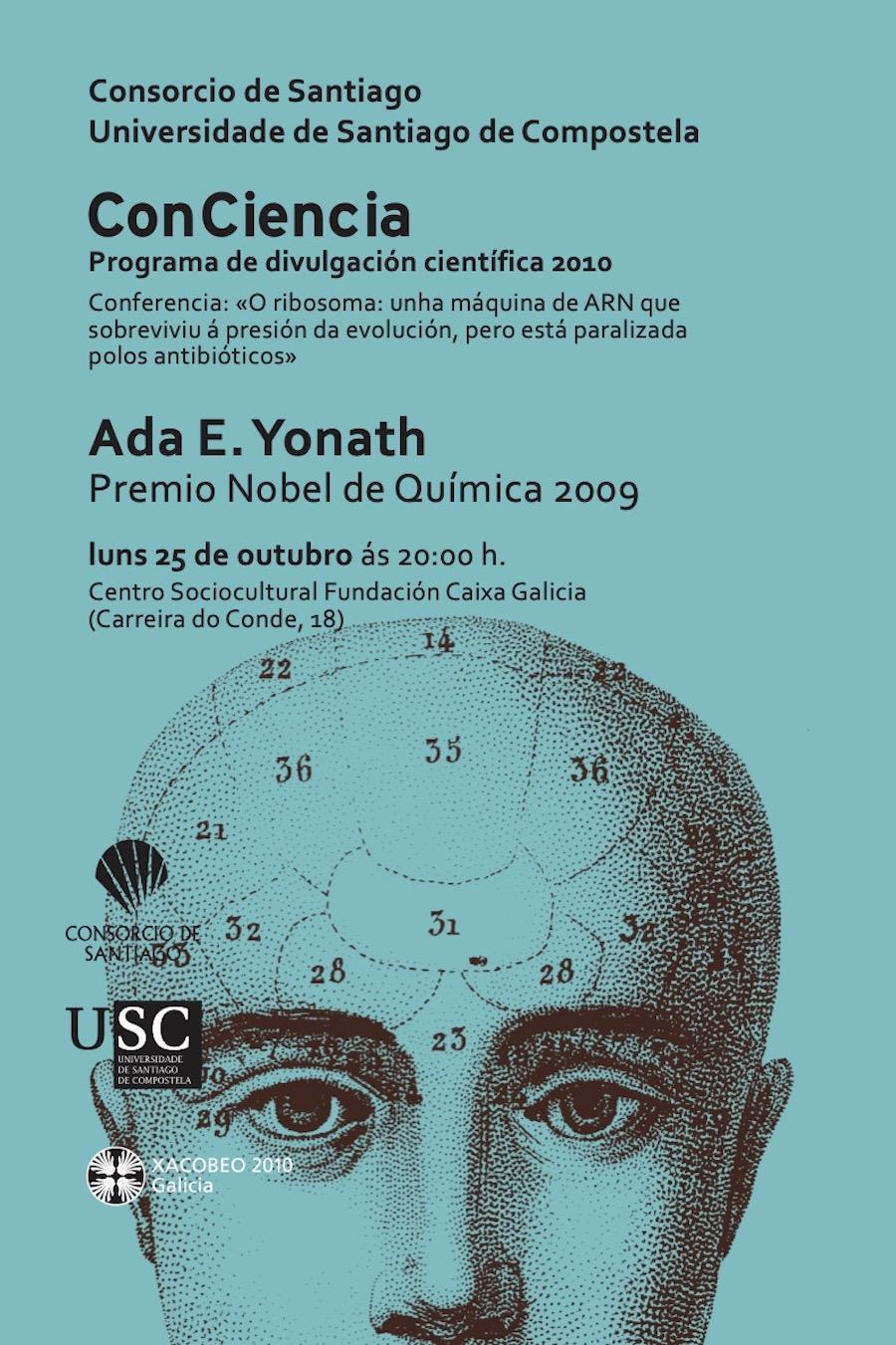
Ribosomes are the universal cellular machines that translate the genetic code into proteins. They possess spectacular architecture accompanied by dynamic features that facilitate their smooth and efficient performance. Their site for peptide bond formation (PTC) is located within an internal symmetrical region connecting all of the remote ribosomal features involved in its functions. This outstanding region positions stereochemistry for peptide bond formation, for substrate-mediated catalysis, and for tRNA motions. The ribosomal substrates, namely the tRNA molecules, in appropriates high conservation of the symmetrical region implies its existence irrespective of environmental conditions and indicates that it represents the ancient ribosome. Adjacent to the PTC is an elongated tunnel along which nascent proteins progress until they emerge out of the ribosome that hosts a major family of antibiotics.
Crystallographic analysis of complexes of ribosomes and antibiotics targeting them revealed the structural bases for synergism, selectivity, common and specific pathways of resistance and cross resistance, factors leading to resistance acquired by secondary conformational alterations, and the minute chemical differences that can turn competition into synergism. Collectively, these studies provide tools for improving existing antibiotics alongside the design of novel compounds.